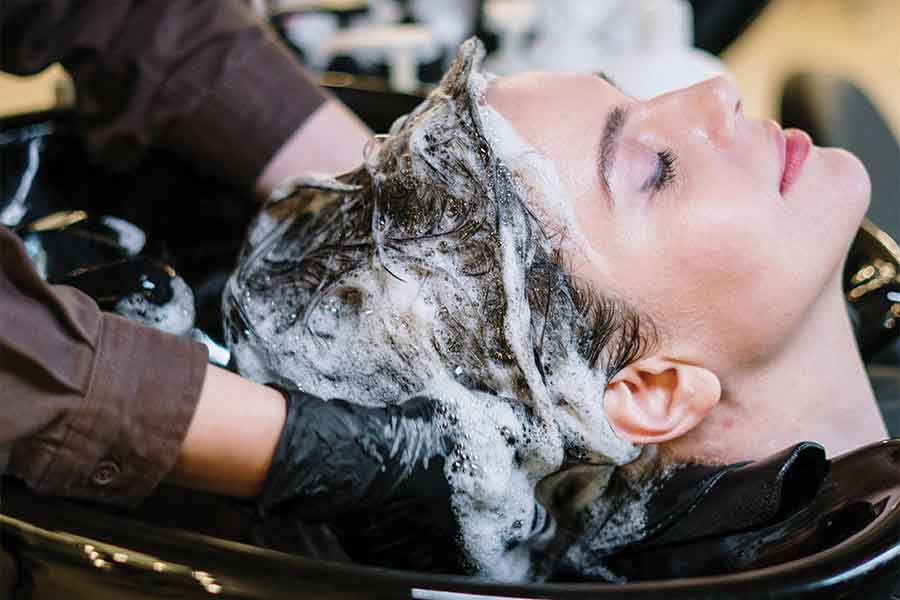Dr. Apratim Goel delves into common concerns regarding hair and skin, offering effective solutions.
Hair fall has become a common concern among men and women in the recent times. One of the most common and the most blamed reasons for pattern balding or alopecia is stress. In a fast paced and high pressure lifestyle that we all are a part of, it’s but natural for stress to take over the human body and mind. Nonetheless, while we’re busy blaming stress, we tend to miss out on the other crucial aspects that play a vital role in hair health.
To begin with, let’s dive into the basics of what male pattern balding is, followed by some skin concerns that can be addressed with proper consultation, treatment and care.
Male pattern Hair Loss: Androgenetic alopecia: The hereditary condition, clinically termed androgenetic alopecia, is characterized by a receding hairline, as well as a loss of hair on top of the scalp. Women also suffer from pattern hair loss, although not as prominently as men. While pattern hair loss normally does not affect the frontal hairline in women as it does in men, thinning over the front and top of the scalp is typical. There is usually widening of the part.
The treatment options are: Minoxidil (2-10%) topical solution works on hair follicles to reverse the shrinking process and stimulate new growth. Finasteride (1mg), a pill taken orally, stimulates hair regrowth by blocking the formation of the active male hormone dihydrotestosterone (DHT). Like minoxidil, finasteride must be used for a long time, minimum 1-2 years. Follicular hair transplant surgery involves removing healthy hair follicles from the back of the scalp and transplanting them to the bald areas.
Alopecia Areata: This is another problem where there are bald patches of hair loss on scalp as well as on the beard area. Other areas potentially affected are the eyebrows, eyelashes, beard, moustache, and pubic hair. The good news is that all affected hair follicles remain alive and have the capacity to resume normal hair production, sometimes even without treatment. When the response is poor, oral as well as local steroid injections can be used.
Ingrown hair also known as razor bumps or in medical terms pseudo-folliculitis barbae. Hairs that are ingrown are more common among individuals with curly hair, especially African American men. This is unsightly, painful, bumps with or without swelling which can make shaving very difficult. Ingrown hair can also lead to the
formation of pus in the affected areas. Beard and neck areas in men are prime locations for ingrown hair to occur. For women, the legs, underarms, and bikini area are all usually affected by these razor bumps due to shaving/ waxing. Possible treatments for individuals with chronic ingrown-hair problems are the use of depilatory creams or electrolysis in order to remove the hair. Of the various treatments tried for this problem on a temporary basis, the laser hair removal is a permanent solution. Due to the dark skin and hair, NdYAG laser is best for Indian men.
Some common skin concerns for men
1. Acne: Use a gentle cleanser to wash your face twice a day, to control oil secretion and avoid touching or picking at your skin. Incorporate a non-comedogenic moisturizer to keep your skin hydrated without clogging pores. after all this if still get acne it requires dermatologist consultation
2. Razor Burn: Before shaving, make sure to prep your skin by washing your face with warm water and using a shaving cream or gel. Use a sharp razor and shave in the direction of hair growth to minimize irritation. After shaving, apply a soothing aftershave balm or lotion to calm the skin.
3. Dryness: Moisturize your skin daily to combat dryness. Look for products with ingredients like hyaluronic acid or ceramides, which help to lock in moisture. Avoid hot showers and use a gentle cleanser to prevent further drying of the skin. Ageing is a natural process and cannot be reversed. However, with a simple and regular skincare routine, you can definitely delay the ageing process and age gracefully. Incorporate anti-aging products into your skincare routine, such as serums or moisturizers with ingredients like retinol, vitamin C, or peptides.
Every human body goes through different changes and these are unique to every individual. All we need to do is keep the body and mind as healthy as possible and the rest will fall in place!
 Dr Apratim Goel, Medical Director, Cutis Skin solution
Dr Apratim Goel, Medical Director, Cutis Skin solution
www.cutis.in







